
The Special Air Service (SAS) is a special forces unit of the British Army. It was founded as a regiment in 1941 by David Stirling and in 1950, it was reconstituted as a corps. The unit specialises in a number of roles including counter-terrorism, hostage rescue, direct action and covert reconnaissance. Much of the information about the SAS is highly classified, and the unit is not commented on by either the British government or the Ministry of Defence due to the secrecy and sensitivity of its operations.

The Special Air Service Regiment, officially abbreviated SASR though commonly known as the SAS, is a special forces unit of the Australian Army. Formed in 1957, it was modelled on the British SAS sharing the motto, "Who Dares Wins". The regiment is based at Campbell Barracks, in Swanbourne, a suburb of Perth, Western Australia, and is a direct command unit of the Special Operations Command. It has taken part in operations in Borneo, Vietnam, Somalia, East Timor, Iraq and Afghanistan, as well as many other peacekeeping missions. The SASR also provides a counter-terrorist capability, and has been involved in a number of domestic security operations.

Australia joined a US-led coalition in its 2003 Iraq invasion. Declassified documents reveal that the decision to go to war was taken primarily with a view to enhancing its alliance with the United States.

The Australian contribution to the war in Afghanistan has been known as Operation Slipper (2001–2014) and Operation Highroad (2015-2021).

The 1st New Zealand Special Air Service Regiment, abbreviated as 1 NZSAS Regt, was formed on 7 July 1955 and is the special forces unit of the New Zealand Army, closely modelled on the British Special Air Service (SAS). It traces its origins to the Second World War and the famous Long Range Desert Group that New Zealanders served with.

Nicky Hager is a New Zealand investigative journalist. He has produced seven books since 1996, covering topics such as intelligence networks, environmental issues and politics. He is one of two New Zealand members of the International Consortium of Investigative Journalists.

Wayne Daniel Mapp is a former New Zealand National Party politician. He was the Member of Parliament for North Shore from 1996 to 2011. In the first term of the Fifth National Government, he served as Minister of Defence. Prior to his political career Mapp was in the New Zealand Territorial Army and worked as a lawyer and university lecturer.
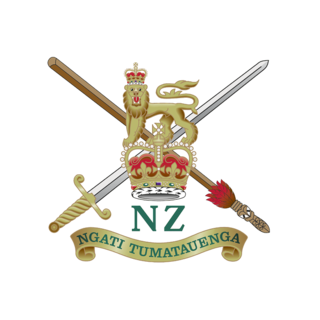
The New Zealand Army is the principal land warfare force of New Zealand, a component of the New Zealand Defence Force alongside the Royal New Zealand Navy and the Royal New Zealand Air Force.
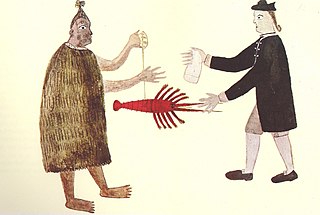
The military history of New Zealand is an aspect of the history of New Zealand that spans several hundred years. When first settled by Māori almost a millennium ago, there was much land and resources, but war began to break out as the country's carrying capacity was approached. Initially being fought with close range weapons of wood and stone, this continued on and off until Europeans arrived, bringing with them new weapons such as muskets. Colonisation by Britain led to the New Zealand Wars in the 19th century in which settler and imperial troops and their Māori allies fought against other Māori and a handful of Pākehā. In the first half of the 20th century, New Zealanders of all races fought alongside Britain in the Boer War and both World Wars. In the second half of the century and into this century the New Zealand Defence Force has provided token assistance to the United States in several conflicts. New Zealand has also contributed troops extensively to multilateral peacekeeping operations.
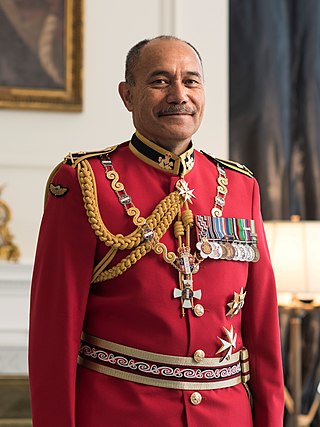
Lieutenant General Sir Jeremiah Mateparae is a former New Zealand soldier who served as the 20th Governor-General of New Zealand between 2011 and 2016, the second Māori person to hold the office, after Sir Paul Reeves. A former officer in the New Zealand Army, he was Chief of the New Zealand Defence Force from 2006 to 2011, and then served as the director of the New Zealand Government Communications Security Bureau for five months in 2011. Following his term as governor-general, Mateparae was the High Commissioner of New Zealand to the United Kingdom between 2017 and 2020.

The Special Forces Support Group (SFSG) is a special forces unit of the British Armed Forces. The SFSG was formed officially on 3 April 2006 to provide support to the Special Air Service, the Special Boat Service and the Special Reconnaissance Regiment on operations. It is a tri-service unit, composed of the 1st Battalion, The Parachute Regiment, and a company of Royal Marine Commandos. A flight (platoon) from the RAF Regiment also form part of the SFSG.
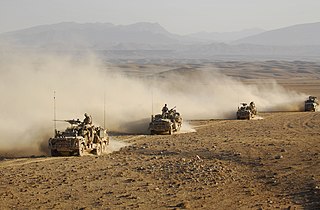
The special forces of the Australian Defence Force are units of Special Operations Command and associated units of the Royal Australian Navy and the Royal Australian Air Force that conduct and or support special operations to advance and protect the national security of the Commonwealth of Australia. The special forces of Australia have a lineage to a variety of units raised in the Second World War such as the Independent and Commando Companies, Z Special Unit, Navy Beach Commandos, and the Coastwatchers. Australian special forces have most recently been deployed to Iraq in Operation Okra as the Special Operations Task Group, as the Special Operations Task Group in Afghanistan, in Afghanistan in support of the Australian Secret Intelligence Service and regularly for counter-terrorism pre-deploy to locations of major domestic events throughout Australia in readiness to support law enforcement such as the 2014 G20 Brisbane summit.
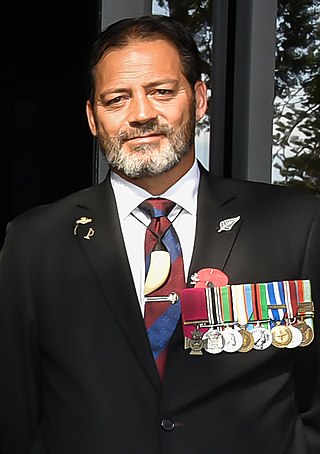
Bill Henry "Willie" Apiata, VC is a former corporal in the New Zealand Special Air Service, who became the first recipient of the Victoria Cross for New Zealand. He received the award on 2 July 2007 for bravery under fire during the War in Afghanistan in 2004, in which he carried a gravely wounded comrade across a battlefield, under fire, to safety.
The United Kingdom Special Forces (UKSF) is a directorate comprising the Special Air Service, the Special Boat Service, the Special Reconnaissance Regiment, the Special Forces Support Group, 18 (UKSF) Signal Regiment and the Joint Special Forces Aviation Wing, as well as the supporting No. 47 Squadron. In British freedom of information law, "special forces" has been defined as "those units of the armed forces of the Crown and the maintenance of whose capabilities is the responsibility of the Director of Special Forces or which are for the time being subject to the operational command of that Director". The Royal Marine Commandos and the Ranger Regiment are special operations–capable forces, however they do not form part of the UKSF.

General Sir Mark Alexander Popham Carleton-Smith, is a senior British Army officer. He served as Chief of the General Staff from June 2018 to June 2022, succeeding General Sir Nick Carter. He was succeeded by General Sir Patrick Sanders. He previously served as Director Special Forces and commanded 22 Special Air Service Regiment.
The Battle of Baghak was an engagement during the War in Afghanistan between elements of the New Zealand Defence Force (NZDF), the Afghani National Directorate of Security (NDS) and insurgent forces near Dahane Baghak in the Shikari Valley, Bamyan Province on 4 August 2012.

General Angus John Campbell, is a senior officer in the Australian Army, serving as the Chief of the Defence Force since 6 July 2018. He was previously posted as Commander Operation Sovereign Borders from September 2013 until he was appointed Chief of Army in May 2015.
Operation Burnham was a joint military operation undertaken by the New Zealand Special Air Service and elements of the Afghan Crisis Response Unit and International Security Assistance Force in Afghanistan's Tirgiran Valley on 21–22 October 2010. Operation Burnham became the subject of the investigative journalists Nicky Hager and Jon Stephenson's book Hit & Run: The New Zealand SAS in Afghanistan and the meaning of honour, which alleged that New Zealand forces had committed war crimes against civilians in the Naik and Khak Khudday Dad villages.

The Inspector-General of the Australian Defence Force Afghanistan Inquiry Report, commonly known as the Brereton Report, is a report into war crimes committed by the Australian Defence Force (ADF) during the War in Afghanistan between 2005 and 2016. The investigation was led by Paul Brereton, who is both a New South Wales Supreme Court judge and a major general in the army reserve. The independent commission was initiated by the Inspector-General of the Australian Defence Force in 2016, and after a long investigation, delivered its final report on 6 November 2020. The redacted version was released publicly on 19 November 2020.
Heston Russell is an Australian retired Special Forces officer.














